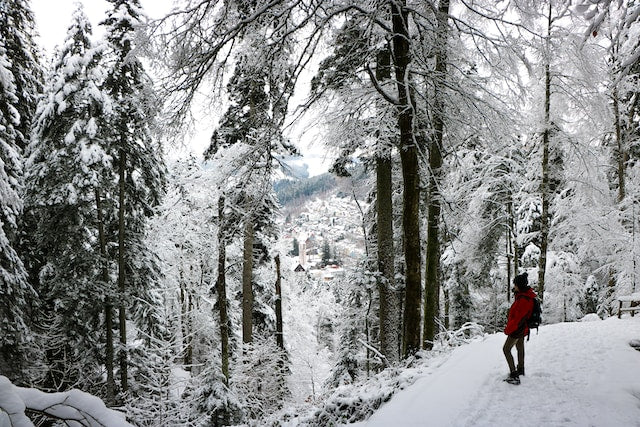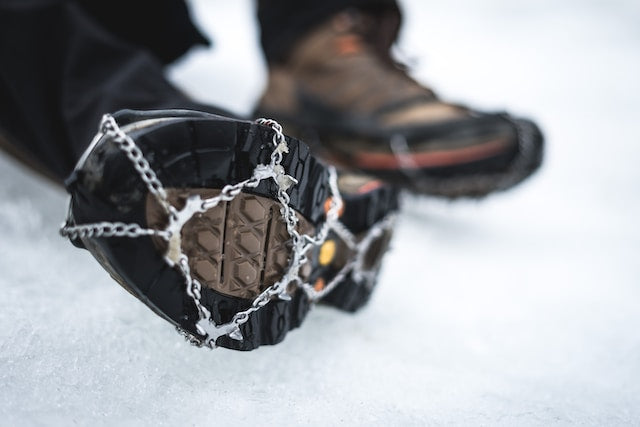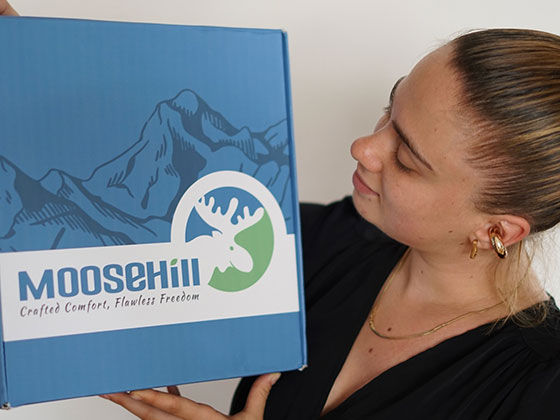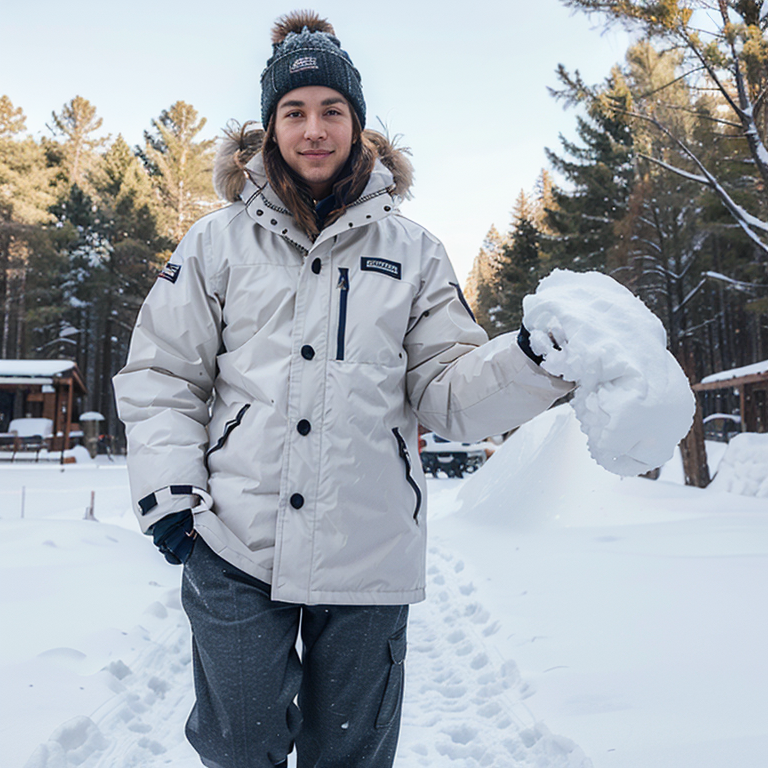Winter hiking can be an exhilarating and rewarding experience, but it also poses unique challenges and risks. To ensure a safe and enjoyable adventure, it's crucial to be well-prepared with the right gear and knowledge. In this blog, we will explore key tips and discuss essential equipment, including winter hiking pants and waterproof gear, specifically focusing on women's winter hiking pants.
Plan and Prepare
Before embarking on a winter hike, thorough planning is essential. Check weather forecasts, trail conditions, and avalanche risks. Inform someone about your hiking plans and estimated return time. Pack extra layers, food, water, and emergency supplies like a first aid kit, headlamp, and navigation tools.
Layer Up
Dressing appropriately is crucial for winter hiking. Layering allows you to regulate body temperature and manage moisture effectively. Start with a moisture-wicking base layer to keep sweat away from your body. Next, add an insulating layer, such as a fleece or down jacket, to trap warmth. Finally, wear a waterproof and breathable outer layer to protect against wind, snow, and rain.

Winter Hiking Pants
Investing in high-quality winter hiking pants is essential for comfort and protection. Look for pants specifically designed for winter conditions, with features like insulation, windproof and waterproof materials, and reinforced knees and seat. Women's winter hiking pants are tailored to fit the female body shape, providing better comfort and mobility. Opt for pants with adjustable waistbands and articulated knees for added flexibility.
Footwear and Accessories
Choosing the right footwear is crucial for winter hiking. Opt for insulated and waterproof hiking boots with good traction to prevent slips and falls. Wear moisture-wicking socks to keep your feet dry and warm. Additionally, consider using gaiters to keep snow out of your boots and crampons or microspikes for added traction on icy terrain.

Stay Hydrated and Nourished
Staying hydrated and well-fed is essential during winter hikes. Cold temperatures can increase fluid loss and calorie burn. Insulated water bottles or hydration bladders help prevent water from freezing. Carry high-energy snacks like nuts, dried fruits, and energy bars to maintain energy levels. Consider using a thermos for hot drinks like tea or soup to warm up during breaks.
Safety First
Winter hiking requires extra caution. Be aware of potential hazards like avalanches, unstable snow, and icy patches. Carry a map, compass, or GPS device to navigate safely. Use trekking poles for added stability and balance. Always prioritize safety over summiting a peak and be prepared to turn back if conditions deteriorate.
Winter hiking offers stunning landscapes and unique challenges. By following these tips and investing in appropriate gear, including women's winter hiking pants, you can ensure a safe and enjoyable adventure. Remember to plan ahead, dress in layers, and prioritize safety at all times. Embrace the beauty of winter and create unforgettable memories on your next winter hike. Stay warm, stay safe, and happy trails!










